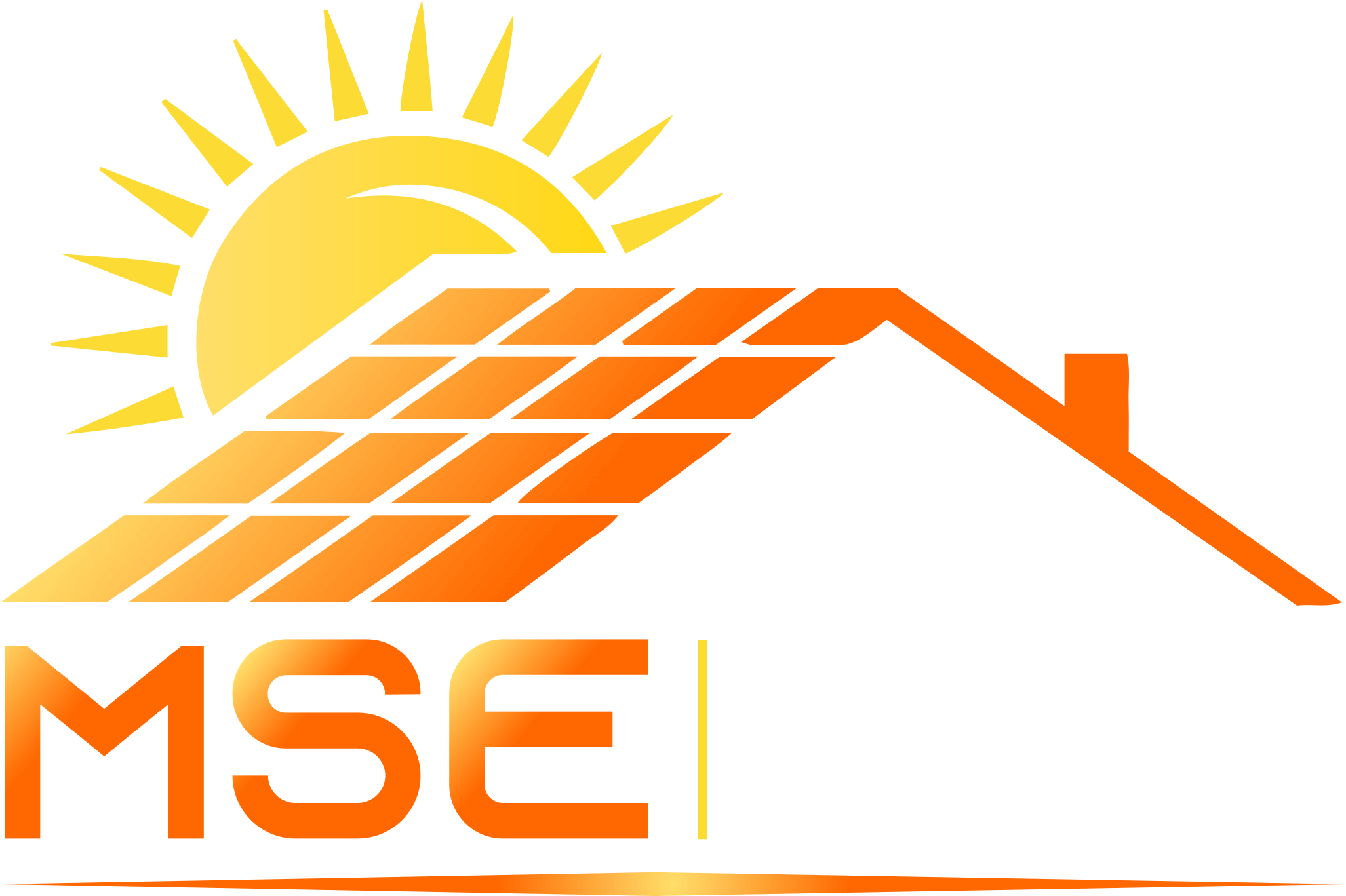
The federal government has created incentives for homeowners and businesses to invest in solar power. These incentives are commonly referred to as “tax credits”. They are worth 30% of the project’s costs, and the credits are applied directly to your taxes.

Solar Tax Incentives and Residential Renewals
Solar tax incentives are designed to encourage homeowners in the U.S. to make the switch to clean, renewable solar energy. Historically, the federal government has been offering various solar tax credits, including the Investment Tax Credit (ITC) and the Residential Renewable Energy Tax Credit (ITC). However, with the passing of the Tax Cuts and Jobs Act in 2017, it is uncertain whether these solar tax incentives will continue to be available in the future.
Solar Tax Incentives For Homeowners
Solar tax incentives are a great way for homeowners to lower their energy bills for years to come. It is important to note that these incentives typically apply only to new homes that have solar energy systems installed. If you have an existing home and are considering adding a solar energy system, you likely won’t be eligible for these solar tax credits.
Get Solar Panels From Majeski solar Energy
Majeski Solar Energy is a fully licensed Washington, DC solar panel installation company servicing the area for almost ten years. Majeski Solar Energy will help you get started in the Solar Industry. We provide information for those who want to begin installing solar panels on the roof, basement or other part of your home. We will help you through the process from start to finish including: permit submission and review, site evaluation, and installation of the system.
What are solar panels and how do they work?
A solar panel is a device that converts light energy into electrical energy. Solar” refers to the use of solar power, which may be used for heating, lighting, or generating electricity. Solar cells have many uses.
The technology used in solar panel manufacturing has come a long way in the 40+ years since they were first introduced in space programs and are now an affordable way to take advantage of free energy from the sun.
A solar panel is made of:
Solar cells – photovoltaic (PV) cells where electric currents are directly produced from sunlight
Electrical wiring
Orientation facing south during the day to maximize exposure to direct sunlight
Low-levels of maintenance and has a 25-year life expectancy
If you’ve ever used a calculator, watched TV, or looked at a watch, you’ve used electricity produced by photovoltaic (PV) solar panels. The majority of PV panels today are manufactured in Japan and China, but more than a dozen countries manufacture them as well. In the United States, approximately 90% of all solar panels are made in the U.S. or sourced from overseas factories that are completely or partially owned by U.S.-based companies.
There is no public utility or electric company that charges customers for producing electricity from their own solar panels. At the end of the day, homeowners can produce an average of 2 to 20 kilowatts (kW) per hour worth of free electricity with a PV system and offset their energy bill with taxes and incentives.
How Are solar companants made and how they are used in my home?
The main component of a solar panel is a single silicon “photovoltaic” cell. Silicon is the material used in microchips and computer chips, and the photovoltaic cell acts as a very efficient semiconductor. When light hits the silicon, electrons are knocked loose from their atoms. These electrons move through the silicon in one direction, creating a flow of electricity, while positive charges (holes) move in the opposite direction. A photovoltaic (PV) panel, or array, is made up of many solar cells connected together.
A solar panel rated at 1 kW can power as many as 100 lights or 2 computers, or 2 TV sets, or other combinations that use 1 kW or less.
In general, you will need to buy a solar array that is 10% to 15% larger than your normal daily usage. For example, a 1 kW system would be enough to power a home with an electric water heater and a dishwasher and dryer.
For more information on solar panels, visit www.majeskisolarenergy.com
Contact Us To Learn About solar financing
majeski
Leave a Replay
About MSE
Majeski Solar Energy Is a Solar Installer company, and Top Tier Solar Installer in Washington D.C., Virginia, and Maryland.
Recent Posts
Follow Us
Weekly Tutorial
Sign up for our Newsletter
Check Rebates & Incentives. Lower Your Energy Cost. Top States Incentives. No Upfront Costs. High Output Solar





